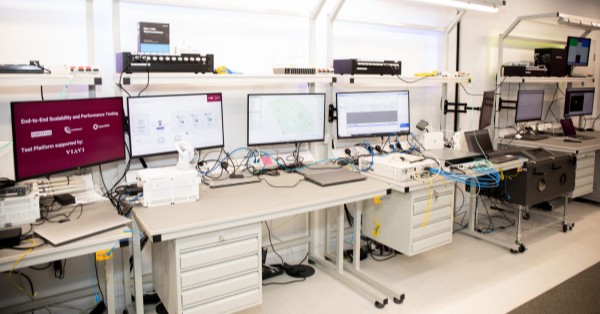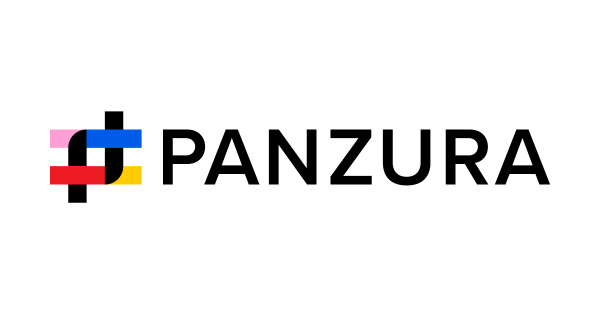For many years enterprise technology was seen as a peripheral resource. IT teams worked in silo, executing on tasks requested of them by senior management. It is only in the last 15 years that IT has truly become a critical part of business strategy and a boardroom issue. The pandemic and subsequent move to remote working brought to light the fundamental importance of IT in supporting specific business needs.
Today the IT department is playing a key role in guiding digital transformation strategies, but this alone is not enough. Amid the current ongoing economic and geopolitical unease, to truly deliver competitive edge and drive growth, enterprises need to source solutions that respond and cater for their specific and vertical sector requirements. Here is a closer look at the challenges ahead and why a tailored approach to enterprise connectivity solutions can help alleviate these.
Harnessing the potential of data
Organisations are accumulating an unrelenting volume of data. An important driver of this growth is the rise in automated processes and the deployment of more and more connected devices, such as smart meters, medical devices, Augmented Reality (AR) glasses, drones, smart cameras, smart waste, air quality monitors, video surveillance and IoT devices used for traffic management. According to a recent report from Frost & Sullivan, 2023 saw over 41 billion active IoT-connected devices – an increase of 18 percent compared to the previous year. An unprecedented volume of data (zettabytes) is being generated –, but unless this data is sorted, categorized, and analyzed, it will deliver little value to the organization.
The challenge is that data needs to be collated from across diverse departments, which typically operate in silos and use different platforms. For example, in Government, to provide better digital services to citizens, data often needs to be gathered from multiple authorities, such as social, fiscal, health and public housing to identify a citizen and simplify administrative tasks. We are seeing increased demand from across vertical sectors for disruptive solutions which help to break down these data silos. Customers are seeking solutions that can extract and manage the flow of data between sources to securely deliver meaningful data to decision-makers so they can act on this information.
In industries such as smart building, transportation, energy & utilities, and manufacturing, we are seeing a growing integration of operational technology (OT) with IT systems which is leading organizations to change the way they operate. According to a report by Virtue market research, approximately 70–80 percent of industrial organisations have invested in connecting IT and OT systems as part of the IoT deployment in industrial settings. By merging OT and IT systems, organisations can gather real-time data from operational processes, which have not previously been integrated with IT, allowing them not only to make more informed, more timely decisions but also to improve quality control and supply chain management. For example, buildings today use a lot of electro-mechanical systems such as air handling, chillers or pumps. Industrial IoT is now able to use a building’s WiFi and LAN network to on-board and transmit the data generated by the sensors to the BMS (Building Management System).
The ongoing risk of cyberattacks
Cybersecurity remains a constant concern for organizations across sectors. According to the World Economic Forum’s “Global Risks Report 2023”, this year will see continued risk from attacks against technology-enabled resources and services, including financial systems and communication infrastructure. Cybercriminals are targeting mid and small-sized companies with smaller security budgets because they are considered weaker targets than larger enterprises. Organizations large and small across all sectors are therefore increasing efforts to secure data and comply with security regulations.
In order to fend off cyber attacks, we are beginning to see the adoption of predictive AI to detect and minimize threats. Predictive AI has the potential to revolutionize data analysis, assisting data scientists in discovering trends and insights. Because AI is used by hackers to find or create vulnerabilities that allow them to block, damage, or infiltrate networks, network managers need to find a way to defend themselves from these threats. One solution is embedding predictive AI within the network to help IT managers to mitigate risk quickly and prevent costly data breaches and losses.
The rise of ‘as a service’ solutions
Connectivity and storage solutions based on the public cloud are gaining traction, offering many advantages such as improved efficiencies, sustainability and greater flexibility. But for some vertical sector organizations, they may not yet be the right solution. For those concerned about data sovereignty and compliance or fearful of losing control over their data, on-premises offers the greatest level of assurance. Many organizations, including healthcare and government, may prefer to opt for hybrid cloud systems where the most mission-critical information is stored on-premises and all other data is stored in the cloud. Data storage has become a critical consideration, and each organization must evaluate the best solution for their own individual needs, transitioning to new models at a time and pace that suits them.
Complying with vertical sector regulation
We expect to see an increased number of regulations this year that will impact operations in different verticals, such as healthcare and transportation. For example, the NIS2 Directive is an EU-wide legislation that aims to boost the levels of cybersecurity across a number of industries. Solutions need to be compliant with these regulations. Along with other ESG and sustainability regulations, this will also affect vertical sectors. This means that companies will often have to jump through a number of hoops to make sure that their products comply with the relevant certifications. Having a technology provider that understands and supplies solutions that adhere to vertical sector regulations alleviates the pressure on vertical sector IT departments.
Every sector today has its own set of challenges and opportunities, and every business within those sectors has its own connectivity needs. While big tech players are playing a key role in driving awareness of new applications and technologies, when it comes to enterprise communications, customers are increasingly looking for tailored technology solutions from trusted providers that can cater both to their industry sector and to their unique business requirements. With industry sectors facing heightened competition in the wake of the pandemic and against a backdrop of economic and geopolitical uncertainty and increasing risk of cybersecurity, organizations are turning to providers of tailored connectivity solutions to best protect their communications and, in turn, their operations or business performance.
Alcatel-Lucent Enterprise delivers the customised technology experiences enterprises need to make everything connect. ALE provides digital-age networking, communications and cloud solutions with services tailored to ensure customers’ success, with flexible business models in the cloud, on premises, and hybrid. All solutions have built-in security and limited environmental impact.

























